Dementia, or senile dementia, is a severe organic damage to the human brain. The disease manifests itself as a deterioration in memory, loss of reason and the ability to think, which negatively affects the quality of life of a person and his loved ones. Unfortunately, the disease is irreversible and progresses quickly enough. But you can protect yourself from illness even in middle age with the help of certain types of needlework.
Content
- Molding
- Knitting
- Drawing
- Embroidery
- Modeling
Molding
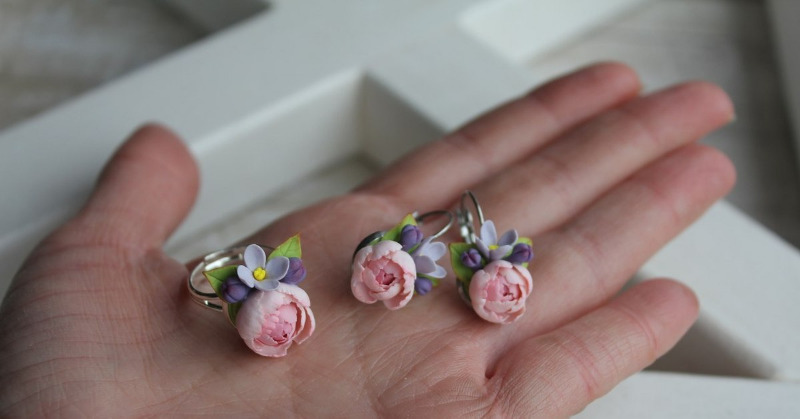
You can make crafts from a variety of materials: clay, plasticine, puff pastry. Traditionally, it is believed that the best material for modeling is clay. It's quite eco-friendly, comfortable, and pliable. After manufacturing, the craft can be hardened to the desired hardness, covered with painting and even used in everyday life (for example, dishes). And from a material such as polymer clay, you can make very beautiful jewelry.
Modeling, especially on a potter's wheel, has a positive effect on fine motor skills, develops fingers, calms the nervous system and relieves anxiety. It is a fun and creative activity that is suitable for the whole family.
Knitting
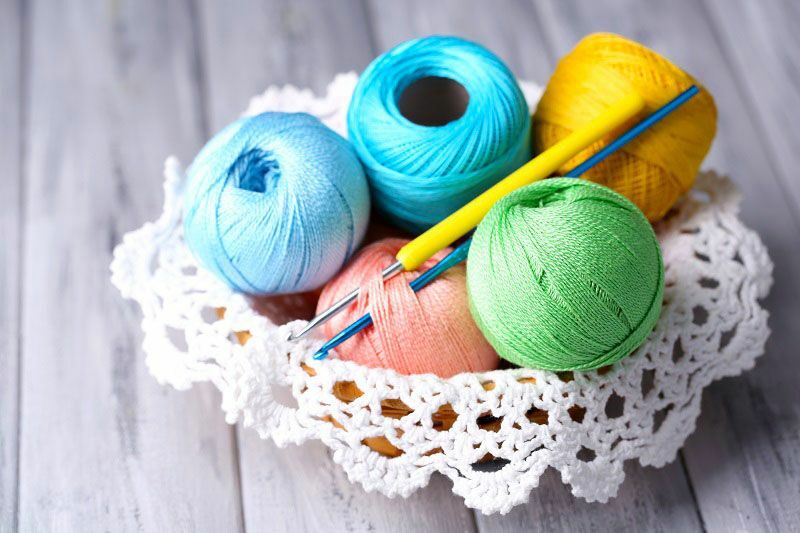
Psychologists compare knitting with yoga and meditation, because it is a great remedy that relieves stress. The rhythmic movements of the knitting needles or hook and the feeling of soft yarn in the hands relieve anxiety and irritability.
Knitting has been shown to help fight chronic pain in the body and relax muscles. In addition to improving fine motor skills, thought processes are stimulated, because memorizing and thinking through schemes requires high concentration.
Social isolation is one of the factors contributing to the onset of dementia. Knitting relieves feelings of loneliness, raises self-esteem, and helps you feel important to others.
Drawing
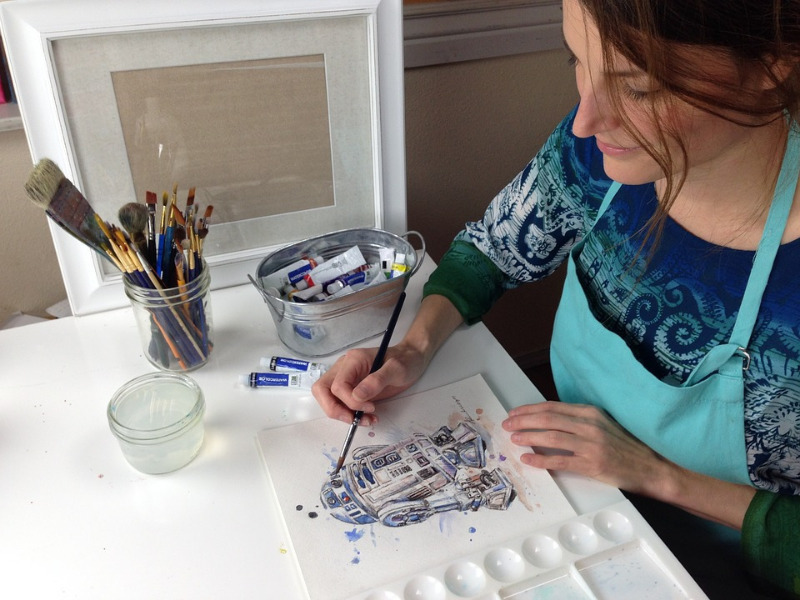
Painting is important not only for the harmonious development of the individual, but also for maintaining brain health. During drawing, both hemispheres are involved and new neural connections are formed. This type of activity is often used in art therapy when working with elderly people with dementia.
Drawing contributes to the release of accumulated negative emotions and causes positive experiences. It helps fight the main factors in the onset of dementia: depression, low cognitive activity, alienation.
Creative activity effectively relieves stress, which is why coloring books for adults, painting by number and art parties are so popular.
Embroidery
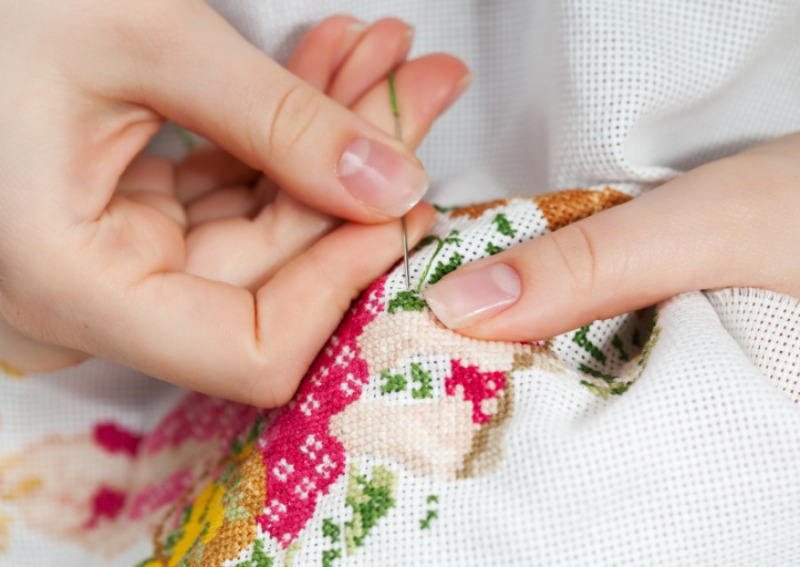
During cross-stitch or stitch embroidery, the stress level decreases, the heart rate slows down, and the blood pressure normalizes. This type of needlework requires painstaking work with a very small instrument - a needle, which has a positive effect on the development of motor skills and improved coordination.
Embroidery does not require the acquisition of expensive materials and the development of complex skills, this hobby is available to anyone. Works can be presented as gifts to friends or to decorate the interior with them.
Modeling
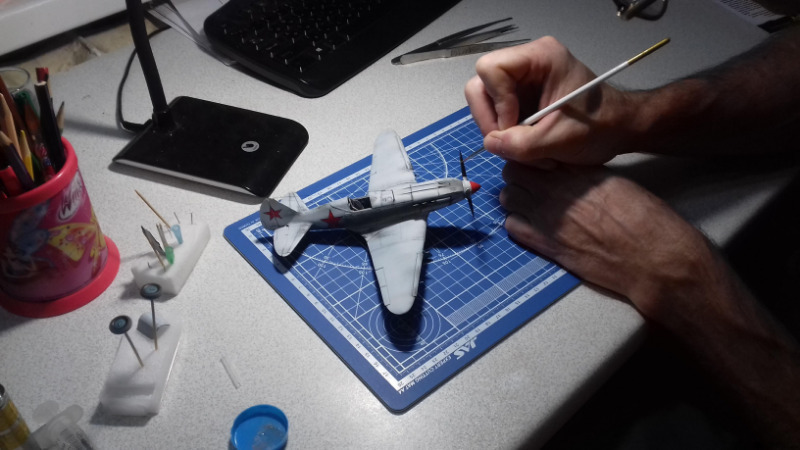
Quite a specific hobby, but at the same time very exciting. Models are assembled as the most commonplace and simple, as well as complex, huge, with hundreds of individual parts. Creative shops offer a wide range of models of military vehicles, cars, ships, passenger liners, fighters, medieval ships and space stations. Various Lego type constructors are popular.
The very work with small details is quite painstaking. Modeling often includes gluing components, painting, processing, varnishing the finished product. All this perfectly develops concentration, attentiveness, motor skills. Assembling the model helps to distract from negative thoughts, reduce the level of the hormone cortisol in the body. This hobby can be shared with family and friends, or you can find like-minded people in hobby clubs. It promotes social engagement, reduces the risk of depression, and improves psycho-emotional state.
Handicraft has a positive effect on physical and psychological health. This is manual labor, and holding a hand or a hook in the hand activates the nerve endings at the fingertips, which transmit signals to other organs and systems.
An active hobby not only develops creativity and cognitive abilities, but also fine motor skills. All this has a positive effect on the functioning of the brain. Drawing, collecting patterns or knitting requires care, perseverance and thoughtfulness. Working with small details improves concentration, calms and relaxes the body. It has been proven that with regular handicraft, a person's stress level decreases and their mood improves. Finally, the results of their creativity are inspiring.
In general, handicraft has a beneficial effect on the brain, the physical and mental state of a person. However, there are pitfalls: a hobby can be very addictive and take away all your free time and resources. In addition, long-term work with small objects will negatively affect vision, and if the work process is not properly organized, posture will suffer. Everything useful should be in moderation. In this case, "creative therapy" will be beneficial and rewarding.


